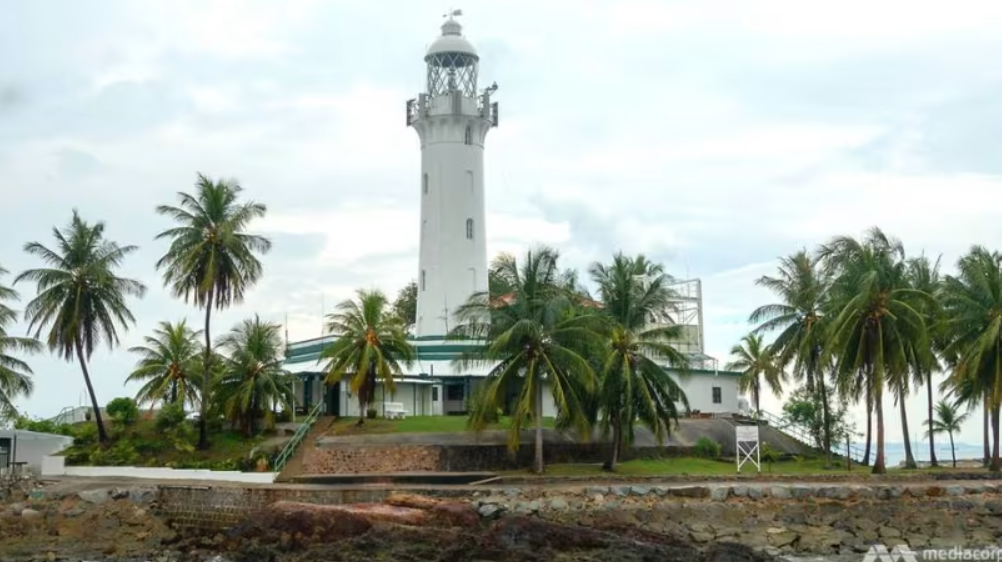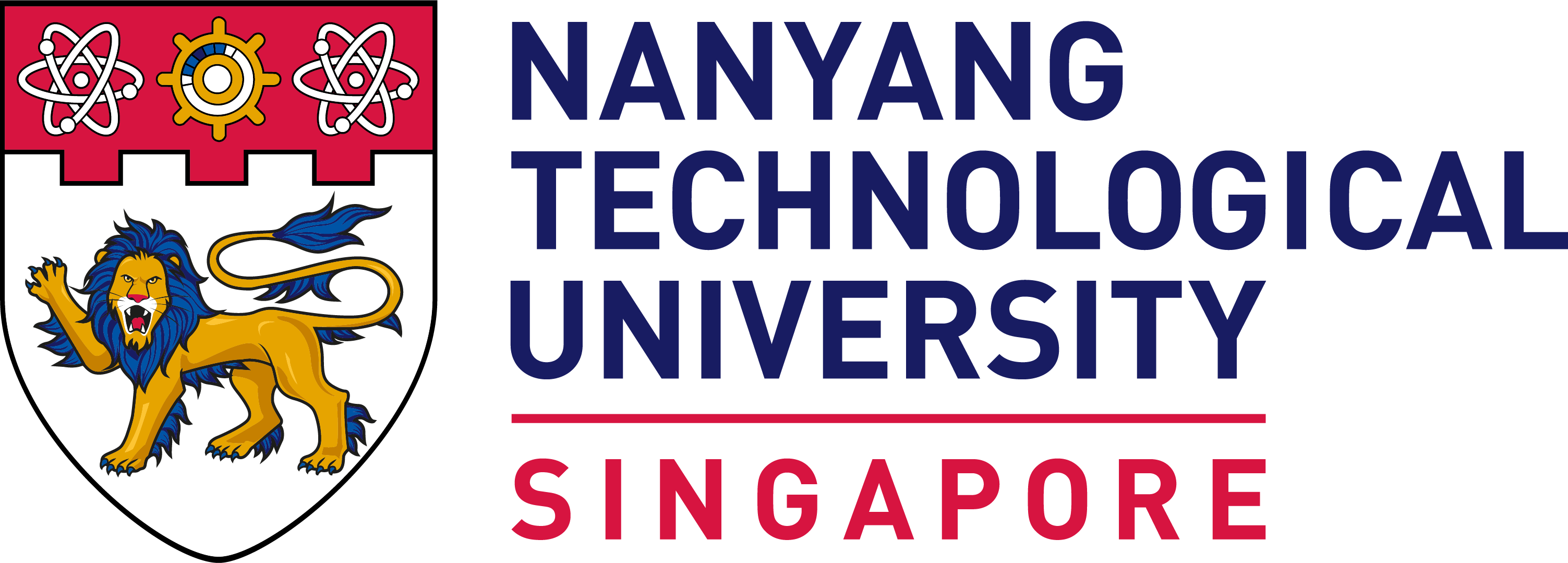Singapore looks to build first-of-its-kind renewable energy farm in waters around Raffles Lighthouse
First published online at CNA
 Raffles Lighthouse on Pulau Satumu, the southernmost islet in Singapore waters. (Photo: Chew Hui Min)
Raffles Lighthouse on Pulau Satumu, the southernmost islet in Singapore waters. (Photo: Chew Hui Min)
SINGAPORE: A renewable energy farm could be built in the waters around Raffles Lighthouse, with a feasibility study expected to begin in the fourth quarter of this year.
The Maritime and Port Authority of Singapore (MPA) told CNA that it has earmarked 30ha around the island and is looking into installing solar panels above the sea surface and tidal turbines underwater.
Observers said it would be the first facility in Singapore to combine harnessing energy from the sun as well as tides on a large scale.
The total energy generated in a year could power the equivalent of 1,000 four-room Housing Board flats, said an expert.
It would likely be used to charge electric harbour craft, in line with upcoming requirements to decarbonise the maritime industry.
From 2030, new harbour craft in the country must be fully electric, be able to use cleaner biofuels or be compatible with net-zero fuels such as hydrogen.
This comes amid a push for all harbour craft and pleasure craft to achieve net-zero emissions by 2050, as part of the national climate ambition.
MPA initiated a tender on Jul 24 for the feasibility study of a maritime floating solar and tidal farm. The study will assess the environmental impacts of the farm and guide the development of measures to mitigate any potential issues.
According to tender documents, the statutory board is looking for concepts that support energy storage and the charging of electric harbour craft.
The farm’s energy generation potential will be dependent on the conceptual design, which will be developed through the study, added MPA.
It said that insights gained from a proof-of-value project it launched in May 2023 would help in the study.
The project was in collaboration with Bluenergy Solutions to harness hydrokinetic energy off the island of Pulau Satumu, as an alternative to transporting diesel for power generation for facilities supporting Raffles Lighthouse.
SINGAPORE CAN BECOME R&D HUB
Dr Narasimalu Srikanth, director of the renewables and low-carbon generation programme at Nanyang Technological University’s Energy Research Institute, noted that charging points for electric harbour craft are already being planned for mainland Singapore.
In April, MPA launched its first pilot trial for one such charging point at Marina South Pier.
Dr Srikanth said: “Such charging points, when they are brought to the islands … (they) will give a lot of flexibility to electric charging boats, and better adoption by the value chain of the maritime industry will happen.”
This will serve as a “very good model” for other Southeast Asians countries and allow Singapore to be the research and development hub, he added.
“ASEAN countries (have) around 25,000 islands. All are, today, diesel powered. Think about the carbon emission and the energy footprint,” Dr Srikanth said.
He added that by tapping renewable energy, much of the carbon emissions can be eliminated.
ENVIRONMENTAL CONCERNS
Experts said noise from underwater turbines could affect marine animals like dolphins and turtles, which have been spotted in the waters around Pulau Satumu, where Raffles Lighthouse is located.
The area is also known for its pristine coral reefs.
Dr Toh Tai Chong, senior lecturer at the National University of Singapore’s Reef Ecology Lab, also questioned whether higher levels of boat traffic would disrupt water flow around the area.
“Even the structures that we install, will (they) change the hydrodynamics? Because this has implications on the coral larvae that arrive at Raffles Lighthouse,” he noted.
The lighthouse is a “sink site”, which means coral larvae that emerge from various reefs around Singapore and the southern waters tend to stay around the lighthouse and establish themselves.
This explains the high diversity of corals and existence of rare species not often found in other parts of the country, Dr Toh said.
“Even though the direct impact might be very minimal, such indirect impact can continue to impact the area for a longer time, beyond the construction phase,” he added.
He also said solar panels can reduce the amount of light penetrating the sea surface, which could pose some stress to corals as they are dependent on light.
Coral reefs are also important food sources for larger animals, as well as a refuge for smaller organisms.
“For turtles, they tend to have certain fixed patterns of migratory routes and also to lay eggs, so this has to be considered. More research has to be done in this particular area to identify these possible routes of migration,” added Dr Toh.














/enri-thumbnails/careeropportunities1f0caf1c-a12d-479c-be7c-3c04e085c617.tmb-mega-menu.jpg?Culture=en&sfvrsn=d7261e3b_1)

/cradle-thumbnails/research-capabilities1516d0ba63aa44f0b4ee77a8c05263b2.tmb-mega-menu.jpg?Culture=en&sfvrsn=1bc94f8_1)






